This article originally appeared in Try This! — Tools for Journalism, our newsletter about digital tools. Want bite-sized news, tutorials and ideas about the best digital tools for journalism in your inbox every now and then? Sign up here.
Welcome! I’m Jeremy Caplan, sharing some tools and resources for winter 2021. I’m a former Time Magazine reporter, now director of teaching and learning for CUNY’s Newmark Graduate School of Journalism in New York City. I write about the most useful tools I find in a free weekly newsletter called Wonder Tools. Sign up here.
Now that winter is halfway done, sharpen your 2021 toolkit with these new resources.
Broaden how you think about your readers, viewers and listeners by exploring the great collection of guides and workbooks on Collaborative Journalism, created by the Center for Cooperative Media at Montclair State University and Project Facet.
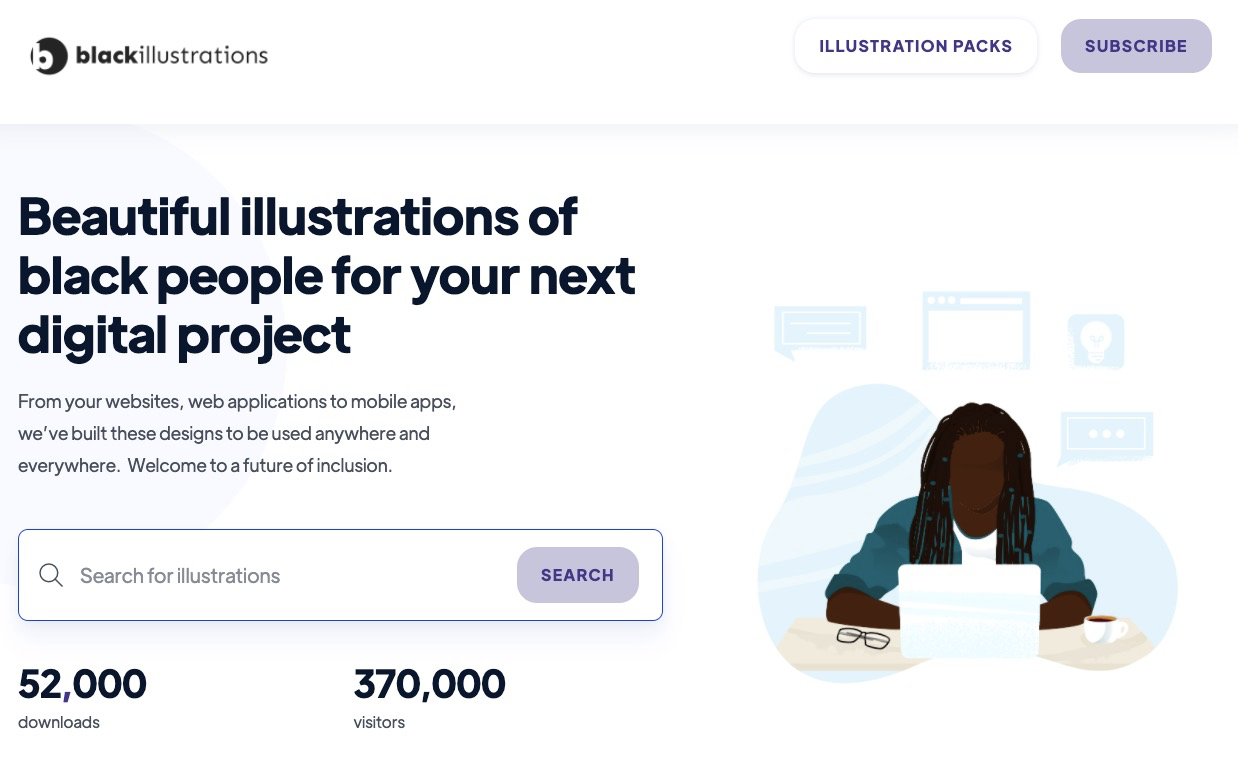
(Screenshot, Black Illustrations)
Add more diverse images to your work by using Black Illustrations, which has hundreds of diverse images for your publishing projects. Or download diverse illustrations here for free.
For age-positive representations of people over 50, the Centre for Aging Better has a collection of photos and soon icons (h/t to Howard Lake).
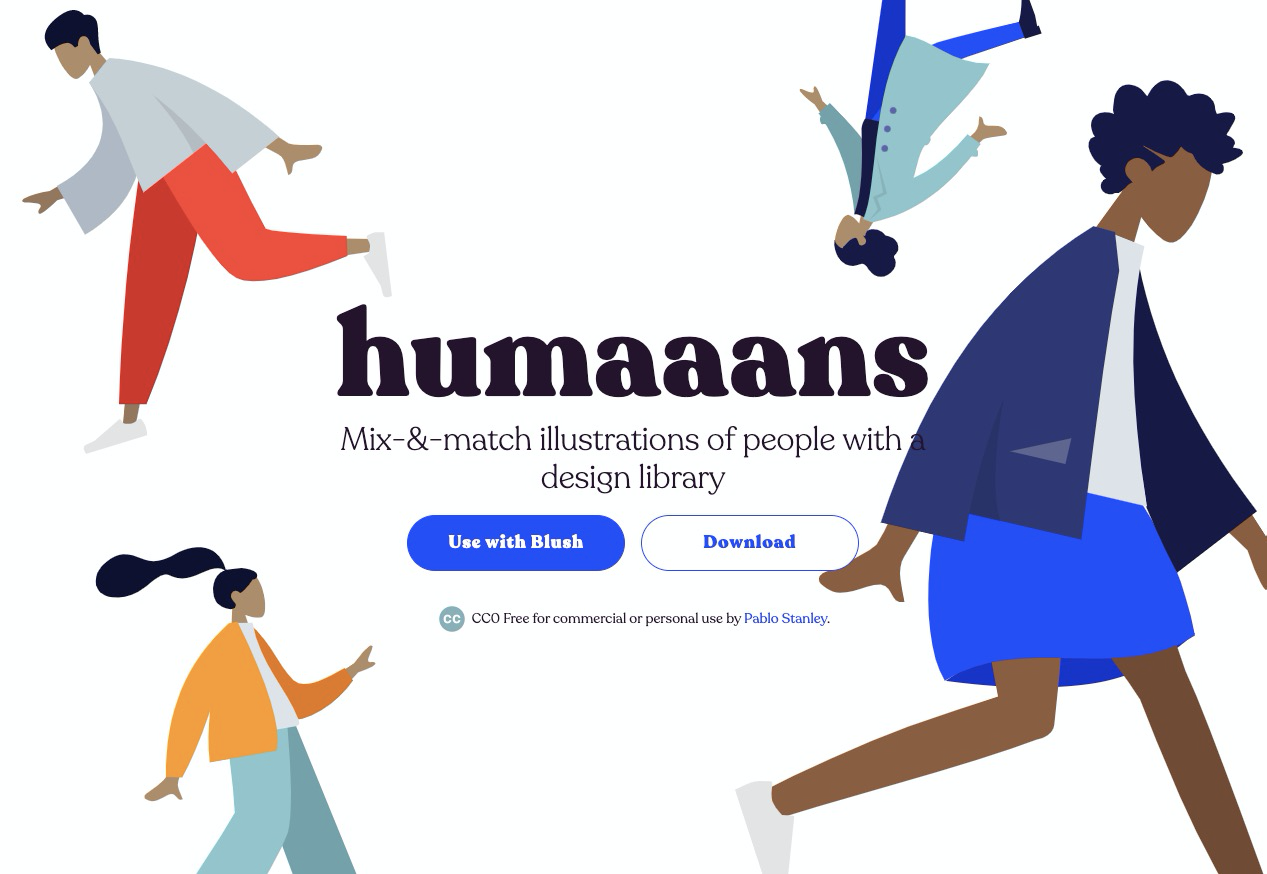
(Screenshot, Humaaans)
Blush.design also has a growing library of free illustrations that includes diverse representations, including a gorgeous, diverse collection from Humaaans.com.
For additional free diverse illustration sources, visit Free Illustrations.
Spend less time on email by adopting the three.sentenc.es philosophy.
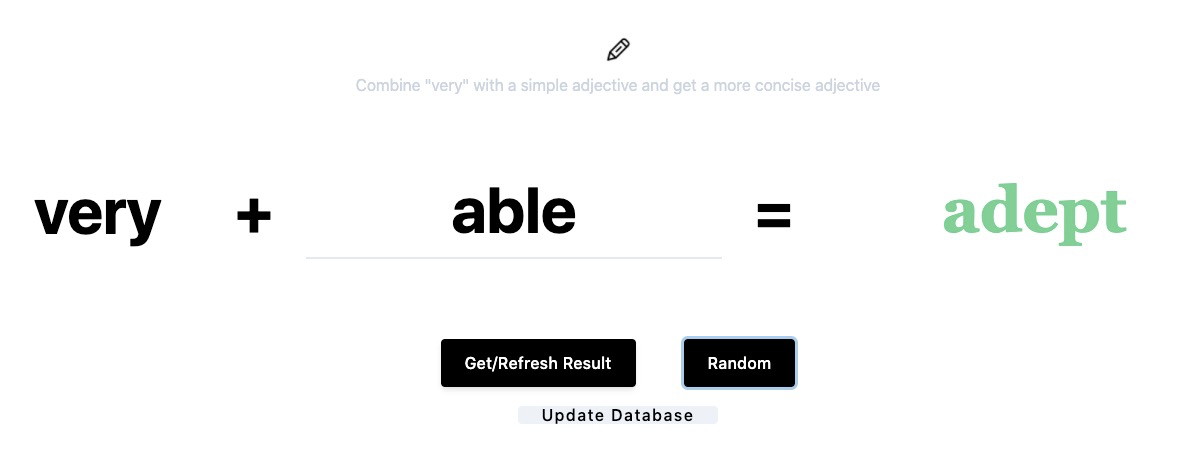
(Screenshot, Lose The Very)
Sharpen your word choice with Lose the Very.

(Screenshot, This Word Does Not Exist)
Play with words from This Word Does Not Exist, a descendant of Sniglets.
Add a musical touch to your message with Typatone, turning words into sounds.
Explore Typewriting Ink, which types out your message on a recipient’s screen.
Crop your photos for any platform for free, efficiently, with AI, by using Croppola.
Liberate yourself from Twitter’s character limit by creating a thread from a paragraph with Chirr App. It lets you type or paste in text and then neatly splits it up into a series of tweets. Typefully is a similar new service.
If you’re tired of typing, use your ears and voice on Clubhouse, the buzzy audio-first social platform where journalists have increasingly been joining the likes of drop-ins Oprah, Elon Musk and Mark Zuckerberg. Here’s a quick beginners guide and another how-to guide to help you catch up.
[the_ad id=”667826″]
If you’re looking for an alternative new platform where you can add your voice — apply by Feb. 15 to participate in the new Creator Incubator from Voice.com, which includes stipends as well as networking and mentoring benefits.
If you’re a journalist from Europe, the Middle East or Africa, apply by Feb. 17 for the free Product Immersion for Small Newsrooms program, an intensive training by News Catalyst and the Craig Newmark Graduate School of Journalism at CUNY in partnership with the Google News Initiative.
Anyone globally can apply by Feb. 20 for the year-long Executive Program in News Innovation and Leadership at the Newmark J-School.
If you’re focused on making money for your publication, apply to test out a new product from Google that aims to make it easier to implement reader revenue models.
Protect yourself from online trolling and other craziness with a new course about online privacy for journalists from the International Women’s Media Foundation. Also available in Spanish.
On March 4, visit the fourth Jamlab Demo Day online and meet the founders of the seven media enterprises from Angola, Eswatini, Madagascar, Malawi, Zambia and Zimbabwe that were part of the 2020 Media Lab Accelerator Program.
If you’re reporting on vaccine distribution, use the Vaccine Education Toolkit — developed by the National Association of Broadcasters in conjunction with the Reynolds Journalism Institute — for data, b-roll, diverse export sources and a collection of other resources.
For more help making sense of COVID-19 data, learn how to analyze and report on the data with the COVID-19 Data Dispatch’s upcoming workshop series.
If you’re curious about journalism history, check out the new 100-year-plus archive of Editor and Publisher on the Internet Archive. Background here and here.
Sign up to get more posts like the one you’re reading on Thursdays in your inbox.
If you’re deep into newsletters, catch up with the flurry of stuff that’s emerged in 2021.
Letterhead has a new newsletter creation tool for publishers, with a nifty revenue calculator so you can see how much you could make with your own newsletter.
For independents, Letterdrop launched a new free newsletter service that plugs into existing platforms like WordPress, Weblow, Zapier and Slack.
For more private missives, Letterloop has a new service to help curate family-and-friends updates.
If you’re a curator at heart, the newly-free, Twitter-acquired Revue makes curation easy by pulling in streams for you to add to your newsletter from accounts you already have, like Pocket, Instapaper, Twitter, Instagram, Facebook, Medium and RSS feeds.
Amazon’s cloud is even in the game now through Sendy, a low-cost newsletter service for high-volume senders that are OK with some DIY.
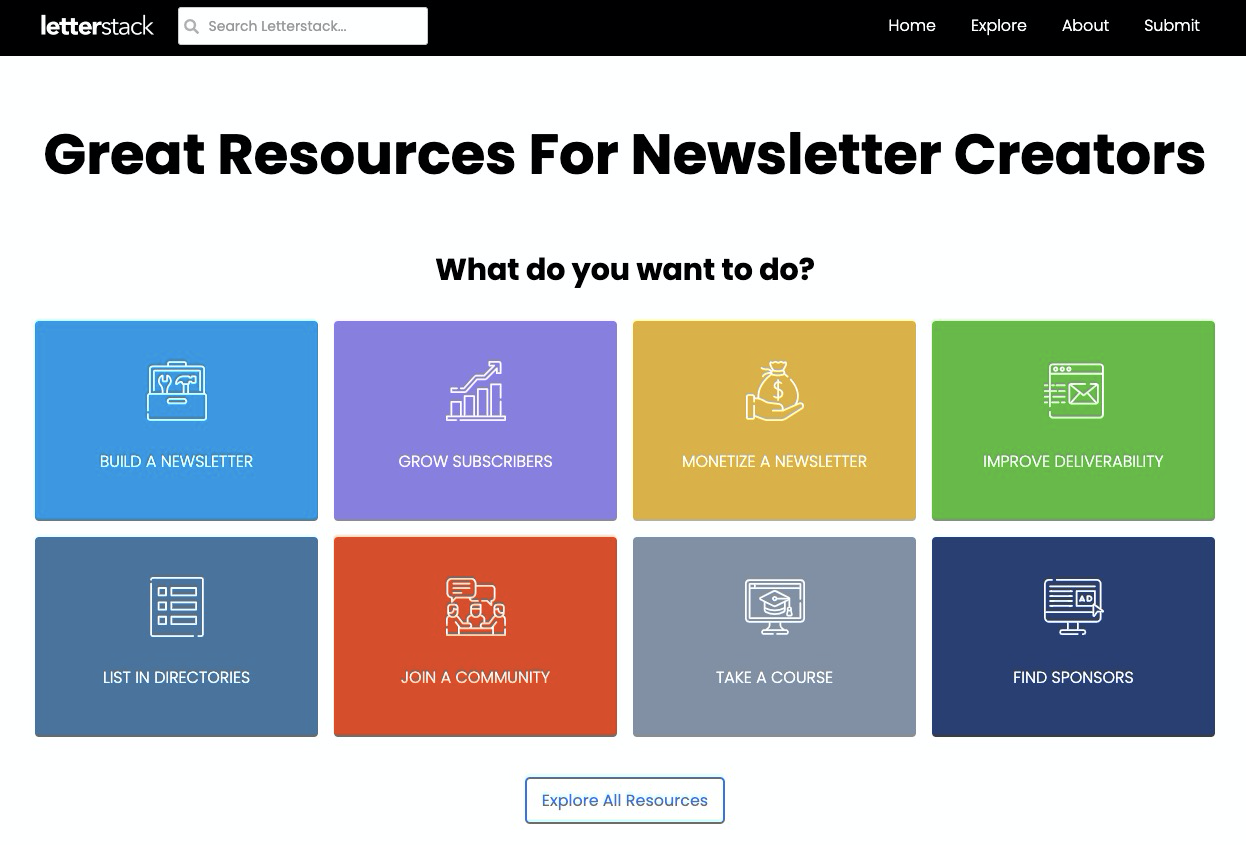
(Screenshot, Letterstack)
Check out Letterstack for a collection of newsletter resources and tactics
Subscribe to Newsletter Crew’s newsletter or podcast for case studies.
To dive in deep, register for a free monthlong online course, Newsletter Strategies for Journalists: How to Create, Grow & Monetize Newsletters, hosted by the Knight Center for Journalism in the Americas at the University of Texas at Austin.
If you’re just aiming to clean up your own messy newsletter queue, here’s my recent post with lots of tips and tools for that, including Slick Inbox, Stoop Inbox, and Silent Inbox. And here’s my growing Twitter list of newsletter tools.
[the_ad id=”667872″]
If you’re exploring other new ways to publish, here are some other platforms to check out.
Happs is a new way for journalists to create professional-quality broadcasts with a cloud-based broadcast studio. You can publish to your social media accounts as well as to Happs News, a hub for micro-broadcasters. Think of it as a kind of Substack for video journalists.
Happs facilitates cash payments to broadcasters who attract viewers with recurring sponsorships and one-time monetary awards for notable videos. Here’s a 1-minute video trailer, and a 13-minute how-to video explaining how the Broadcast Studio for Google Chrome works, and how it integrates with the mobile apps for iOS and Android.
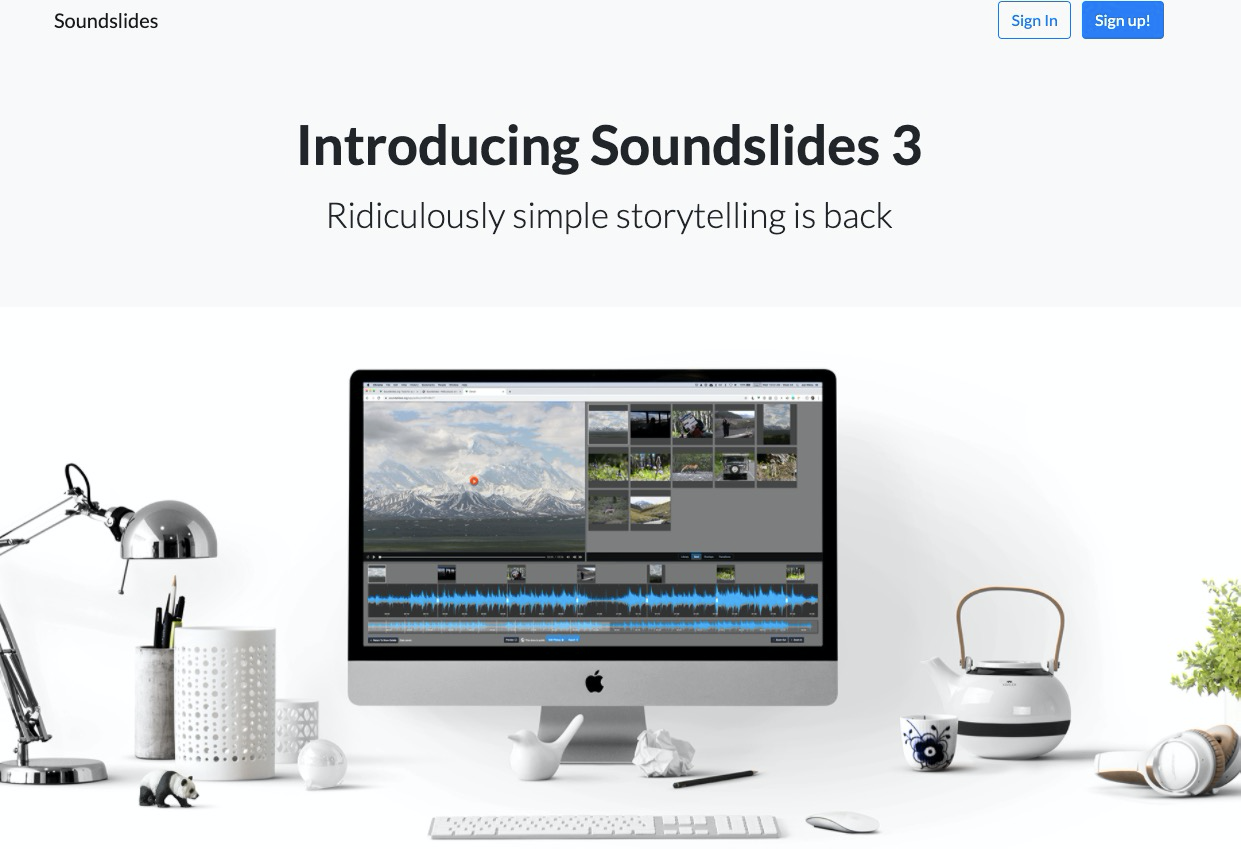
(Screenshot, Soundslides)
Remember Soundslides? The slick, simple tool for slideshows is back with version 3.
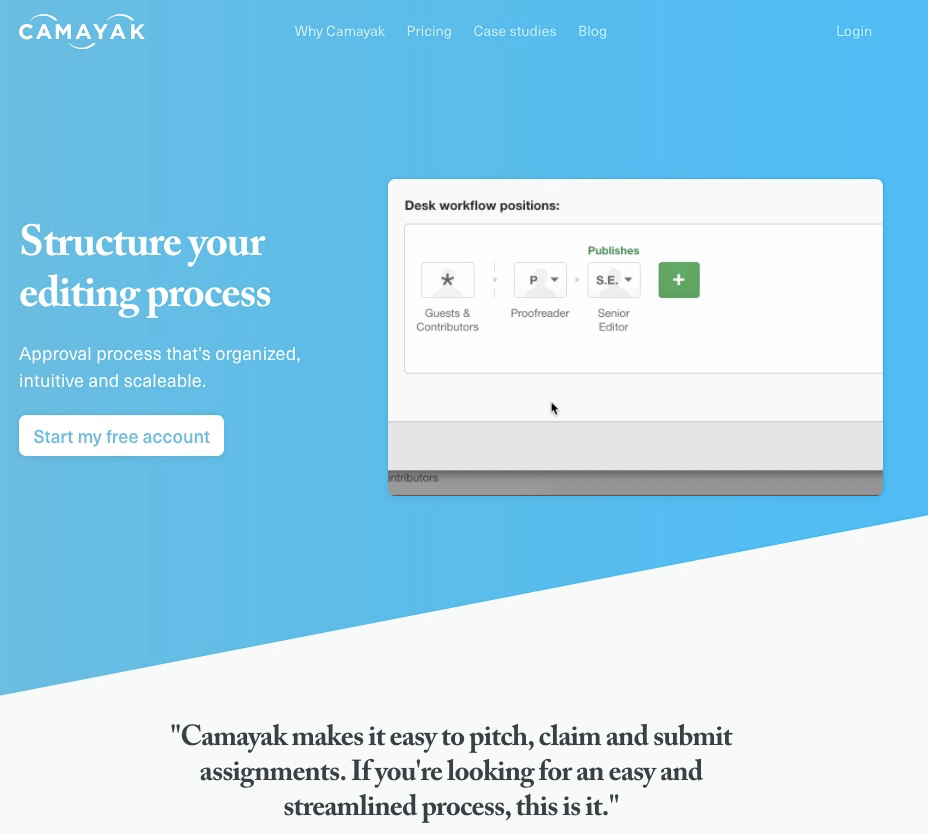
(Screenshot, Camayak)
For those managing writers or other contributors, Camayak now has a completely free plan that lets you sign up without a credit card for unlimited writer accounts. The service lets people pitch, claim and submit assignments. It’s a bit of content management system mixed with a system for managing projects and writers to streamline editorial workflows. Another option to explore is PubPub, which describes itself as a nonprofit open-source, privacy-respecting, all-in-one collaborative publishing platform for communities small and large.
Sign up for my free Wonder Tools newsletter to get useful tools and resources like the ones above regularly in your inbox. Your confirmation note, when you sign up, will include a 2021 list of the most useful sites and apps I’ve been exploring lately. You’ll also get a list of good newsletters about journalism. Subscribe here.
Thanks for reading! Wishing health and comfort to you and your loved ones.
[the_ad id=”667878″]
Try This! is supported by the American Press Institute and the John S. and James L. Knight Foundation.






